Intended Use
Eosin Methylene Blue Broth (EMB Broth) (DM095) is recommended for the differentiation of gram-negative bacteria from clinical and nonclinical specimens.
Product Summary and Explanation
Eosin-Methylene Blue (EMB) Media was first developed by Holt-Harris and Teague for the differentiation of enteric microorganisms(1). They used lactose and sucrose with two indicator dyes, Eosin Y and Methylene Blue. EMB Broth has a similar composition as EMB Agar except agar. Methylene blue and Eosin-Y inhibit gram-positive bacteria to a limited degree. These dyes serve as differential indicators in response to the fermentation of carbohydrates.
Principles of the Procedure
Peptic digest of animal tissue provides carbon, nitrogen, and other essential growth nutrients in the medium. Lactose and sucrose are the fermentable carbohydrates which are the sources of energy. Eosin-Y and methylene blue serve as differential indicators in response to the fermentation of lactose and/or sucrose by microorganisms. Phosphate buffers the medium. The ratio of eosin-Methylene blue is adjusted to approximately 6:1. These indicators also serve to inhibit the growth of most Gram positive organisms to a limited degree. The coliforms produce purplish black broth due to taking up of methylene blue-eosin dye complex, when the pH drops. Nonfermenters probably raise the pH of surrounding medium by oxidative deamination of protein, which solubilizes the methylene blue-eosin complex resulting in colourless broth(3). Some strains of Salmonella and Shigella species do not grow in the presence of eosin and methylene blue. Further tests are required for confirmation A number of non-pathogenic, lactose-nonfermenting gram-negative bacteria will grow on this medium and must be distinguished from the pathogenic bacterial strains by additional biochemical tests.
Formula / Liter
| Ingredients | : Gms / Litre |
| Peptic digest of animal tissue | : 10.00 |
| Lactose | : 5.00 |
| Sucrose | : 5.00 |
| Dipotassium Phosphate | : 2.00 |
| Eosin Y | : 0.40 |
| Methylene Blue | : 0.065 |
| Final pH: 7.2 ± 0.2 at 25°C | |
| Formula may be adjusted and/or supplemented as required to meet performance specifications | |
Precautions
1. For Laboratory Use only.
2. IRRITANT, mainly irritating to eyes, respiratory system, and skin. Handle in accordance with good laboratory hygiene and safety practice. Wash hands before breaks and at the end of workday. To protect, use safety glasses and gloves during handling.
3. Use personal protective equipment. Avoid dust formation. Avoid breathing vapors, mist or gas. Ensure adequate ventilation. Avoid breathing dust.
4. Do not let product enter drains.
5. After use, prepared plates, specimen containers and other contaminated materials must be sterilized by autoclaving before discarding.
Directions
1. Suspend 22.46 g of the medium in one liter of purified water.
2. Mix until suspension is uniform. Heat to dissolve the medium completely.
3. Dispense and sterilize by autoclaving at 15 lbs pressure (121°C) for 15 minutes. AVOID OVERHEATING.
4. Cool to 45-50°C and shake the medium in order to oxidize the methylene blue (i.e. to restore its blue colour) and to suspend the flocculent precipitate.
5. Test samples of the finished product for performance using stable, typical control cultures.
6. Store the medium away from light to avoid photooxidation
Quality Control Specifications
| Dehydrated Appearance | : Light Pink-Purple, homogeneous, free flowing powder |
| Solution | : 2.25% Solution in Distilled or deionized water is soluble on boiling, Reddish purple colored, and slightly hazy. |
| Prepared Medium | : Reddish purple coloured, opalescent solution with greenish cast and finely dispersed precipitate. |
| Reaction of 2.25% Solution | : pH 7.2 + 0.2 at 25oC |
| Gel Strength | : Not Applicable |
Expected Cultural Response: Cultural response on EMB Broth observed after incubation at 35 ± 2°C for 18-24 hours.
| Sr. No. |
Organisms | Results to be achieved | |
| Inoculum(CFU) | Growth | ||
| 1. | Enterobacter aerogenes ATCC 13048 | 50-100 | good |
| 2. | Escherichia coli ATCC 25922 | 50-100 | luxuriant |
| 3. | Klebsiella pneumoniae ATCC 13883 | 50-100 | good |
| 4. | Proteus mirabilis ATCC 25933 | 50-100 | luxuriant |
| 5. | Salmonella Typhimurium ATCC 14028 | 50-100 | luxuriant |
| 6. | Staphylococcus aureus ATCC 25923 | >=10³ | inhibited |
The organisms listed are the minimum that should be used for quality control testing.
Test Procedure
1. Observe aseptic techniques.
2. A nonselective medium should also be streaked to increase the chance of recovery when the population of gram-negative organisms is low and to provide an indication of other organisms present in the specimen.
3. Incubate tubes, protected from light, at 35 ± 2°C for 18-24 hours. If negative after 24 hours, reincubate an additional 24 hours.
4. Confirmatory tests should be further carried out for identification of isolated colonies.
Results
After incubation record growth of organism as follows:
1. Growth in tubes is indicated by turbidity compared to an un-inoculated tube (control).
2. The colour of medium will change
Storage
Store the sealed bottle containing the dehydrated medium at 2 – 30°C. Once opened and recapped, place container in a low humidity environment at the same storage temperature. Protect from moisture and light.
Expiration
Refer to the expiration date stamped on the container. The dehydrated medium should be discarded if not free flowing, or if the appearance has changed from the original color. Expiry applies to medium in its intact container when stored as directed.
Expiration
Refer to the expiration date stamped on the container. The dehydrated medium should be discarded if not free flowing, or if the appearance has changed from the original color. Expiry applies to medium in its intact container when stored as directed.
Limitations of the Procedure
1. Due to nutritional variation, some strains may be encountered that grow poorly or fail to grow on this medium.
2. Biochemical and serological tests are performed for complete identification.


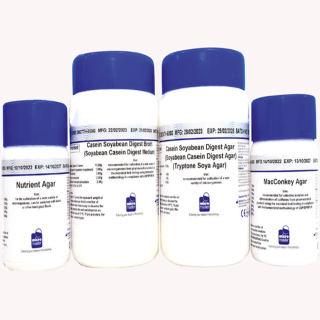

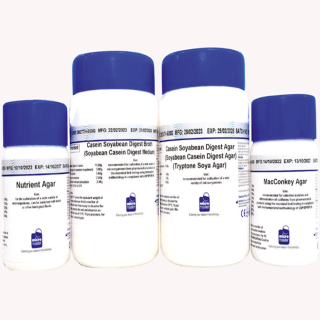

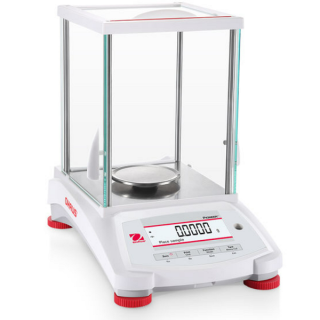
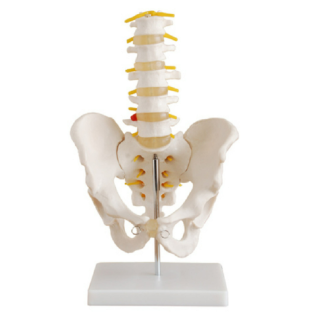
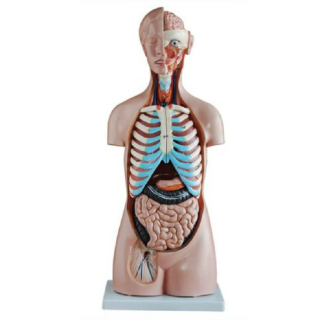
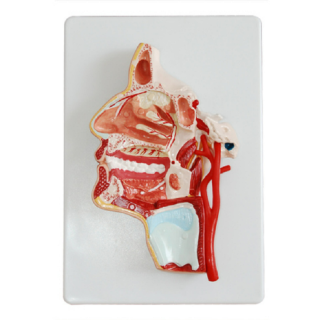
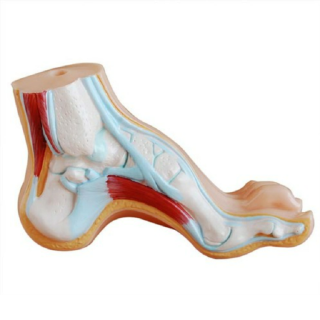
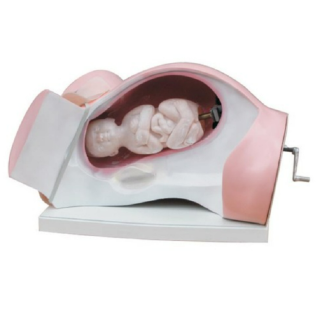
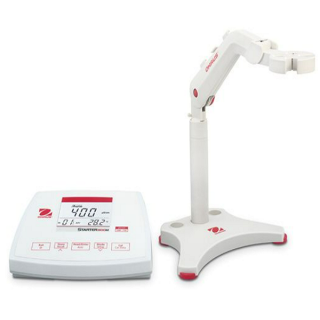
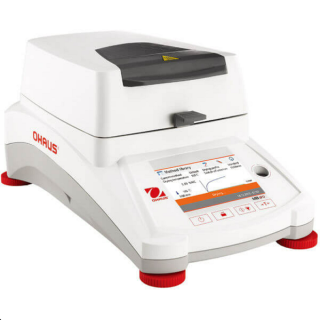
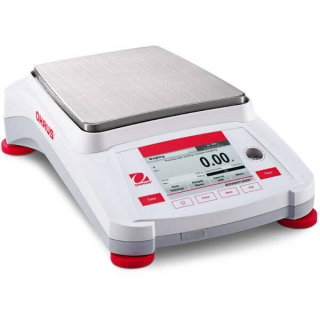
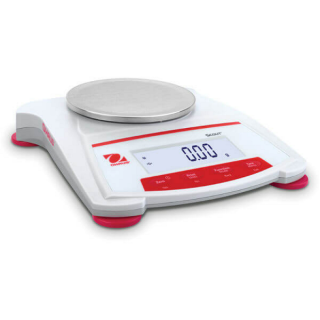
Reviews
There are no reviews yet.